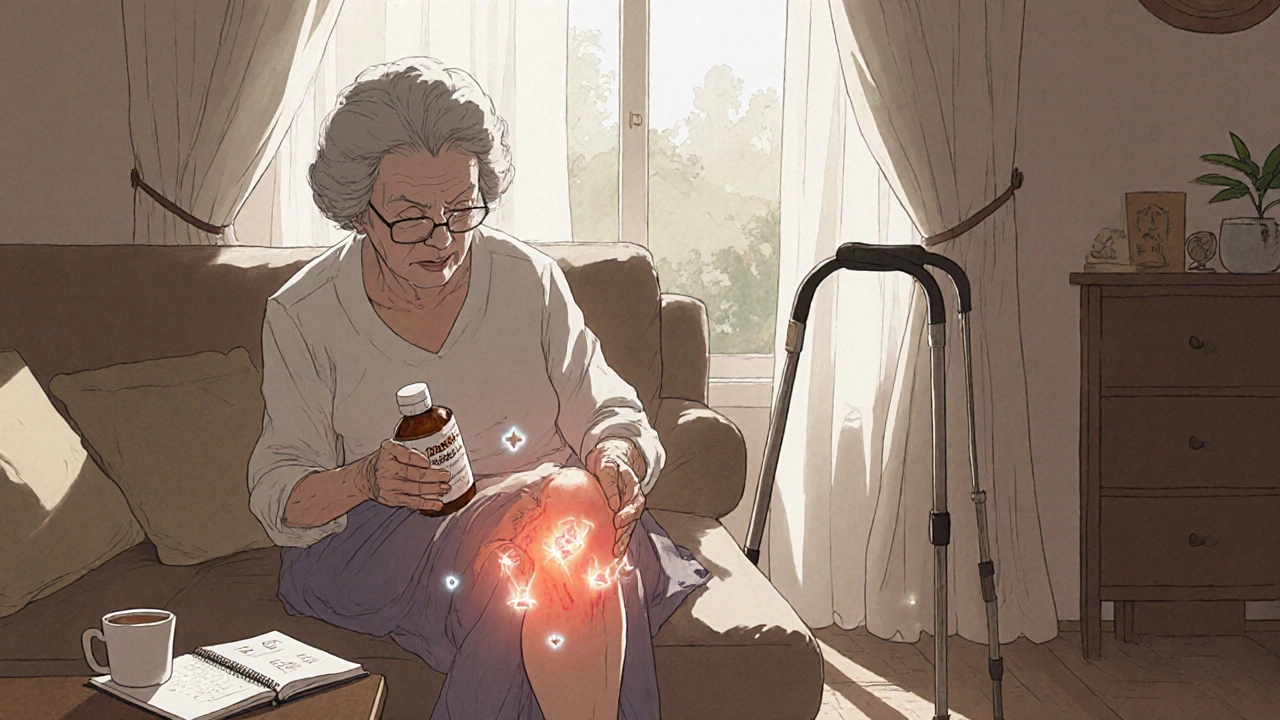Pain Relief: Practical Tips, Safe Medicines, and Smart Buying
Got pain that won’t quit? You don’t need a medical degree to take smart steps. This page gives clear, practical actions you can use right now—what to try at home, which over-the-counter meds work best for common aches, when to see a clinician, and how to buy meds online safely if you must.
Quick, useful first steps
If your pain just started, try these simple moves first: rest for the first day if needed, use ice for sharp new injuries or heat for tight muscles, and keep moving gently once the worst has passed. Stretching, short walks, and good sleep help your body heal faster. Avoid heavy lifting and sudden twisting until pain eases.
Also ask yourself these red-flag questions: Did pain start after a fall or head injury? Do you have numbness, trouble breathing, high fever, or worsening pain that stops daily activities? If yes to any, get medical help right away.
OTC options and safe use
For everyday aches, two types of over-the-counter pain meds are common: acetaminophen (paracetamol) and nonsteroidal anti-inflammatory drugs (NSAIDs) like ibuprofen. Both can work well—acetaminophen for general pain and fever, NSAIDs if inflammation or swelling is involved. Read the label, stick to the recommended dose, and ask a pharmacist if you take other meds or have liver, kidney, or stomach issues.
Topical creams and gels (like diclofenac or menthol-based products) are good when pain is focused in one spot—knees, shoulders, or lower back. They give targeted relief with fewer systemic side effects than pills.
If you’re thinking about stronger prescription options, remember they come with bigger risks. Opioids can be useful short-term after major surgery or injury but carry addiction and side-effect risks. Discuss alternatives with a doctor: physical therapy, certain antidepressants or anticonvulsants for nerve pain, or steroid injections when appropriate.
Non-drug approaches matter. Try a short course of physical therapy, targeted stretching routines, massage, or acupuncture if those are accessible. Heat, cold, sleep quality, and stress management all change how much pain you feel.
Buying meds online? Be careful. Check whether the pharmacy lists a physical address, has clear contact info, and requires a prescription for prescription-only drugs. Read real reviews and watch out for unbelievably low prices—those can be a red flag. For practical guides on safe online pharmacies, see articles like "Is reliablerxpharmacy.com a Safe and Legit Online Pharmacy?" and "Buy Prescription Medicine Online at osgear.se: Your Guide to Safe and Easy Pharmacy Orders" on this site.
Small changes often help: move a bit more, sleep better, use the right OTC for the right problem, and get checked if pain spikes or lasts beyond a few weeks. If you want, scroll the linked posts below to learn more about safe pharmacies and specific medications for pain-related conditions.

